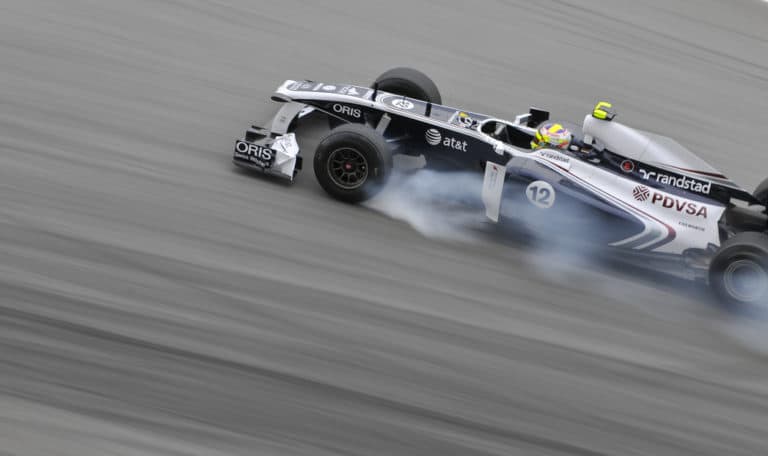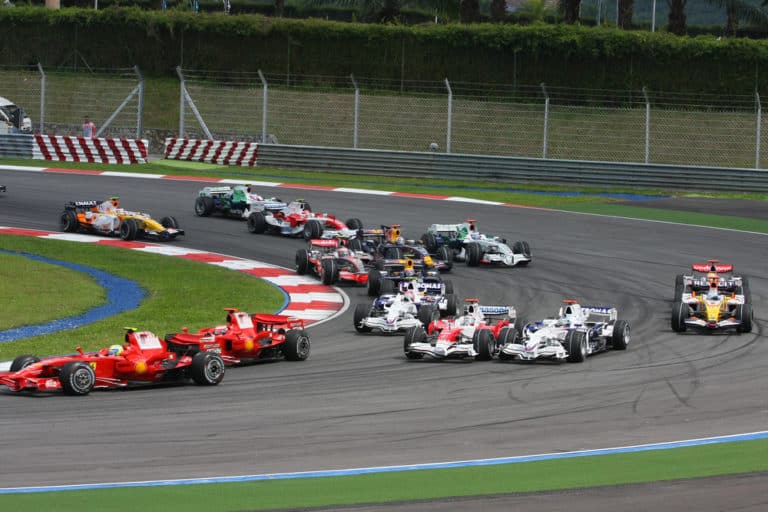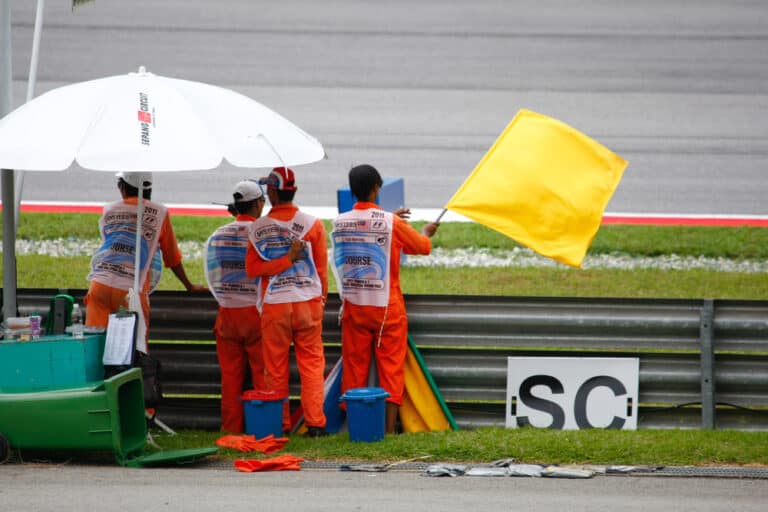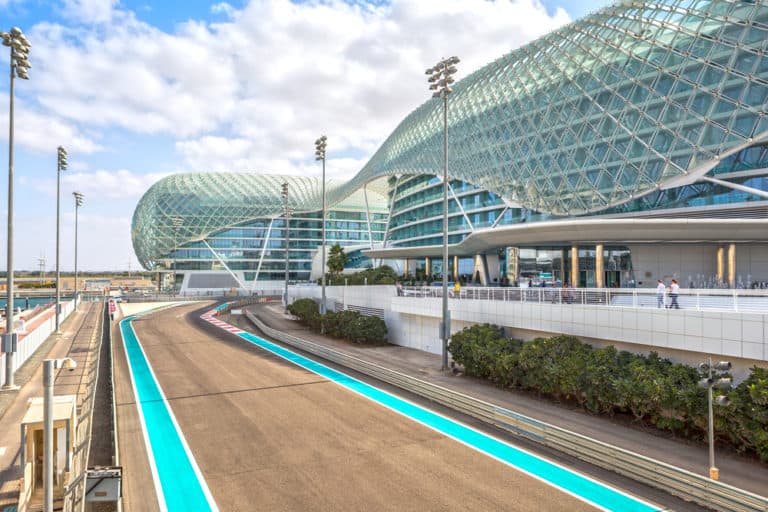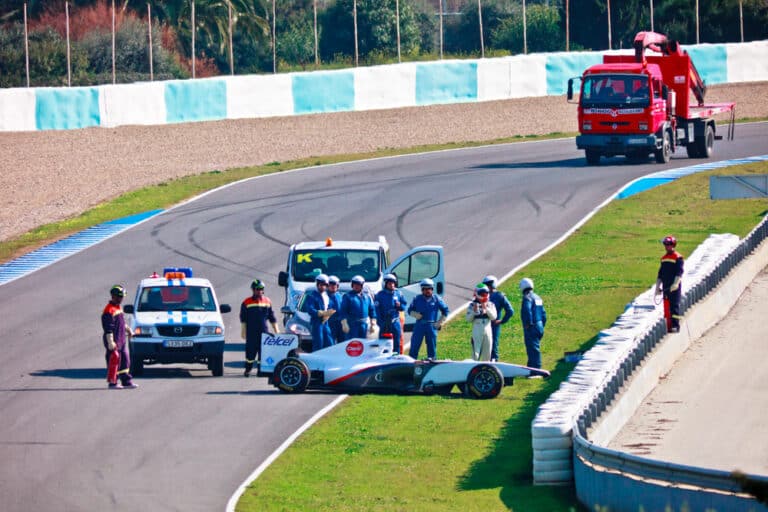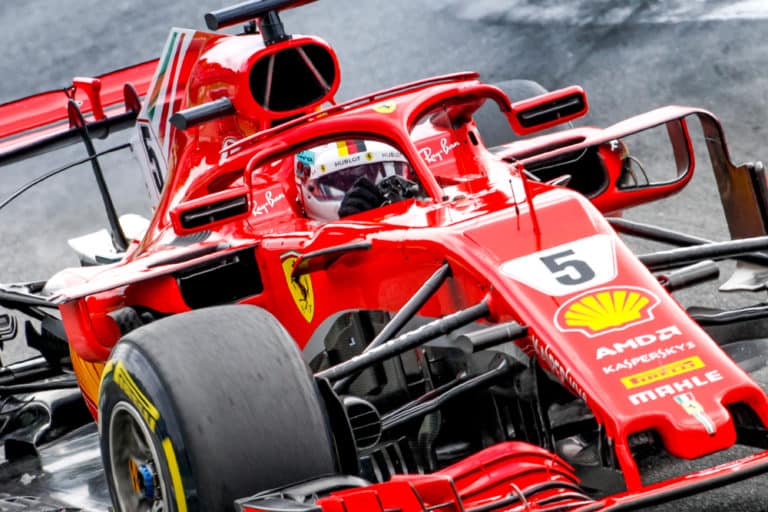F1 tracks are built to provide exciting, wheel-to-wheel racing. These tracks are located all across the world, in a vast range of different environments. But are F1 tracks permanent?
F1 has a mix of permanent and temporary tracks, with the majority being permanent. The main temporary tracks are street circuits like Monaco, Azerbaijan, Singapore, and Las Vegas, as these streets need to be used as roads for the other 51 weekends of the year. The 2020 season had 0 temporary tracks, and the 2021 season only 2.
So why does F1 mainly use permanent tracks, and how are they different from temporary tracks?
Are All F1 Tracks Permanent?
The majority of F1 tracks are permanent, with only two temporary tracks on the calendar currently for the 2021 calendar. This season has been heavily affected by Covid, but it seems unlikely that there would be many more street circuits on the calendar if it had not been affected by Covid.
F1 has always been a series that relies on permanent tracks, with Monaco being the only temporary circuit to feature consistently on the calendar. The only temporary tracks over the last few years were Monaco, Baku, Melbourne, and Singapore.
These are tracks built on regular roads used as normal roads for around 9 months of the year. These roads tend to be completely accessible and driveable for ordinary citizens when they’re not being used or prepared for races.
Why Does F1 Mainly Use Permanent Tracks?
There are a couple of important reasons for the fact that the majority of F1 tracks are permanent. The first is that historically, it was very rare that cities would shut off major roads for three months of the year, with Monaco being the main exception.
There were fewer roads in major cities 50 years ago, so it created a lot more problems to shut off these roads. It meant that F1 built up a tradition of racing on permanent tracks, as you will see historic tracks like Silverstone and Monza still on the circuit.
F1 is a sport that is built on tradition, so it is no surprise to see that they stick with a lot of the tracks that they have always raced at. It means that F1 does not have many temporary street tracks to race at, and they go for the more available tracks that are permanent and designed.
Another reason for F1 favoring permanent circuits is that it can be extremely costly to produce a temporary race circuit, especially compared to a permanent circuit. With permanent tracks being ready for racing year-round, creating a temporary track every year is expensive.
It can take months to prepare, with grandstands, barriers, and fencing all to be put in. It means it can be a costly process. It is why you can see these happen in places where consumers will happily pay thousands for tickets, like Monaco and Singapore. It is an arduous process that can only be made profitable by high ticket prices.
How Does F1 Make Temporary Tracks?
Temporary tracks like Monaco and Baku use real roads that occupy the cities. F1s leading circuit architect Hermann Tilke uses these city streets to create a racetrack. These tracks are therefore able to use standard parts of roads to produce spectacular corners.
The grand hotel hairpin at Monaco is an excellent example of this. The hairpin is driveable to anybody in Monaco when the track is not set up and is one of the corners that require little alterations. Of course, a lot of corners do require some alterations. Using artificial, temporary walls can help to create a more exciting and thrilling track.
One of the other essential parts of making a temporary track is increasing safety. This means putting in additional safety walls. It is one of the reasons why it can be more difficult to host a race at a temporary track. Massive changes need to be made to normal roads to turn them into F1-grade race tracks.
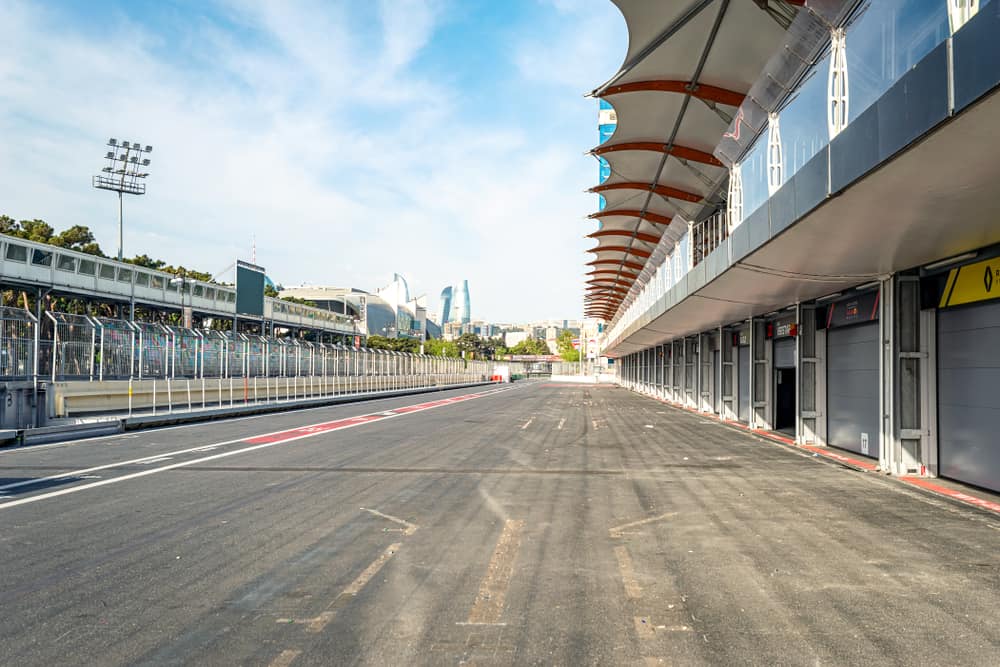
Will There Be More Temporary Tracks In F1 In The Future?
There is a good chance that we will begin to see more and more temporary tracks or street circuits. The planned calendar for next season would include two new temporary tracks located in major cities.
The Miami Grand Prix is one of the new wave Grand Prix’s street circuits, based in huge cities. These are designed to bring in a massive amount of customers. Globally, over the last 30 years, the pattern has seen people move to cities much more, with the populations of cities growing exponentially.
This does not suit F1, as many of their tracks are located miles from towns or cities. This is why F1 wants to bring racing to the doorstep of more fans. Creating more street races on temporary circuits solves this problem, as it becomes much easier for casual F1 fans to reach races as they become more accessible.
It is part of the reason for some of the success of Formula E. Formula E is based on street racing, on tight circuits. While this encourages wheel-to-wheel racing, it also encourages more fans to get into the sport, as it can be a lot easier to attend a race when it is in a megacity.
Formula 1 will likely see the success of Formula E and would likely follow on with their idea. It is one of the main reasons we have seen street circuits like Baku, Vietnam, and Miami.
F1 could also use more temporary tracks as F1 lead designer Hermann Tilke believes that street tracks create more exciting track layouts. This is a valid point, and it makes sense because these tracks can be specifically designed for the strengths of an F1 car.
Tilke has worked on the large majority of F1 circuits introduced this century. F1s owning company Liberty has made It clear they want F1 in “destination cities,” which will drive them towards temporary circuits.

